

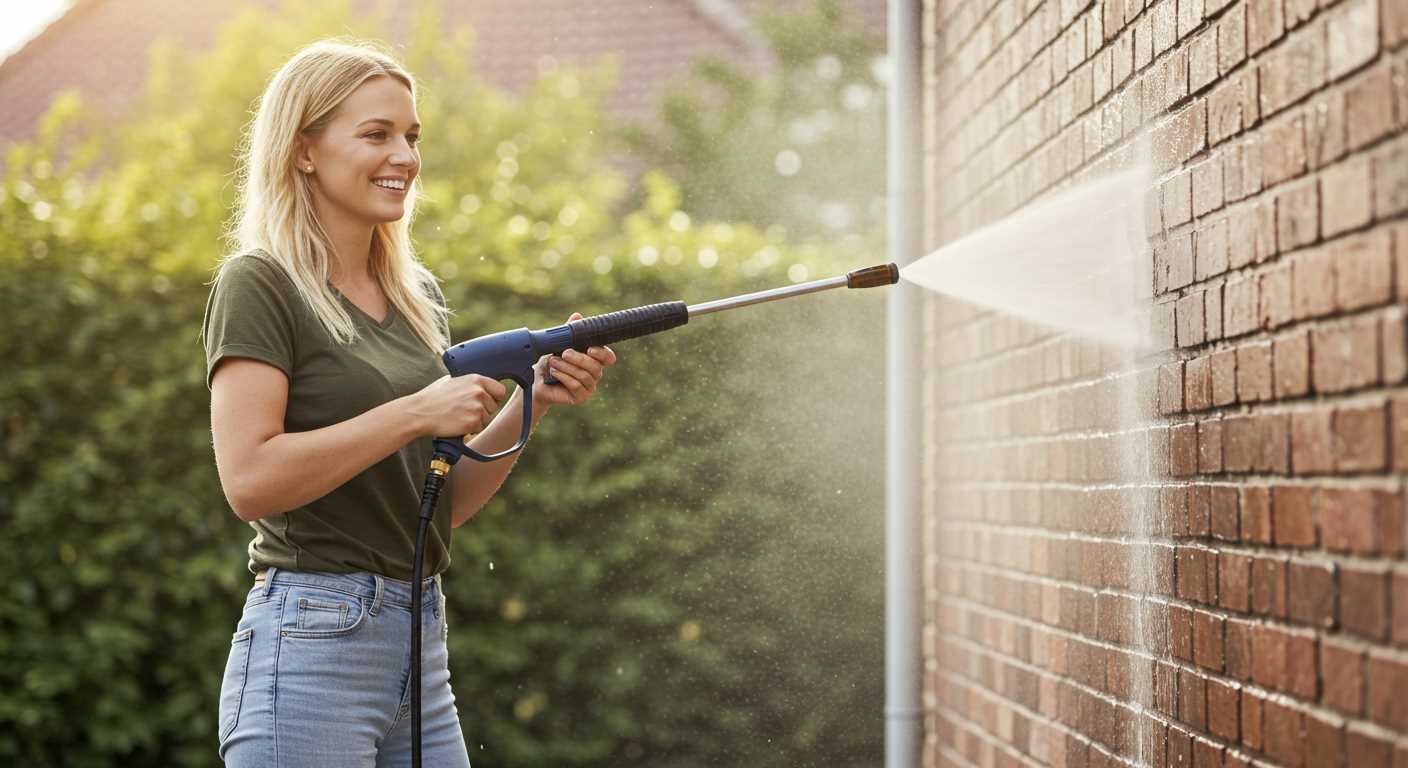
Encountering a dual oil fill system on your cleaning unit can be puzzling, yet it serves a practical purpose. Each cap is designed for a specific function: one is typically for the engine oil, while the other caters to the pump oil. This separation ensures that both components receive the appropriate lubrication, maintaining optimal performance.
From my experience testing various models, I’ve seen how crucial it is to regularly check and maintain oil levels in both compartments. Neglecting one could lead to reduced efficiency or even damage over time. I once had a client who ignored the pump oil fill, thinking it was solely for the engine. Within a few months, the unit began to overheat, resulting in costly repairs. Regularly monitoring both oil levels can prevent such mishaps.
Furthermore, the maintenance intervals might differ for each type of oil. Engine oil often requires changes every 50 hours of operation, while pump oil could last longer. Always consult the user manual for specific guidelines, as this can vary by model. Staying informed about these details not only extends the lifespan of your equipment but also enhances its overall performance.
Understanding the Function of Each Oil Cap
For optimal operation, it’s vital to recognise the distinct roles of each lubrication access point. Typically, one cap is designated for the crankcase, while the other serves the pump assembly. This separation ensures that each component receives the appropriate type of lubricant, which is crucial for performance and longevity.
- Crankcase Cap: This access point allows for the fill and maintenance of engine oil, essential for the smooth functioning of the motor. Regular checks here prevent excessive wear and overheating, which can lead to engine failure.
- Pump Assembly Cap: This cap is specifically for the pump’s lubrication, often requiring a different oil type to ensure proper operation. Keeping this section well-maintained prevents issues such as cavitation or pump seizure.
During my years in the industry, I noticed many users overlook these distinctions. It’s common for individuals to mistakenly use the same oil for both compartments, which can lead to serious mechanical problems. Always consult your manual for the specific oil types required.
Regularly checking both caps not only prolongs the lifespan of your equipment but also enhances performance. I recommend setting a routine maintenance schedule, including oil changes, to keep everything running smoothly.
In my experience, customers who took the time to understand these functions often reported fewer issues and greater satisfaction with their machinery. Keeping each area properly lubricated is a simple yet effective way to ensure reliable operation.
Identifying the Oil Types Required for Each Cap
To ensure optimal performance and longevity of your equipment, knowing the specific oil types for each cap is crucial. Typically, one cap is designated for engine oil, while the other is for pump oil. Each type serves a unique purpose and must meet specific requirements.
| Cap Type | Recommended Oil Type | Viscosity Rating | Key Specifications |
|---|---|---|---|
| Engine Cap | Semi-Synthetic or Full Synthetic Oil | 10W-30 or 15W-40 | API Certification (e.g., API SG, SH) |
| Pump Cap | Non-Detergent Pump Oil | ISO 68 or SAE 30 | Designed for high-pressure applications |
In my experience, using the wrong oil can lead to performance issues. For instance, I once overlooked the pump oil requirement in a model I was testing, which resulted in overheating and subsequent damage. Always check the manufacturer’s recommendations for the exact specifications. This simple step can save you from costly repairs down the line.
Remember, maintaining the correct oil levels in both caps is just as important as using the right type. Regular checks will keep your equipment running smoothly and efficiently. I recommend checking the oil levels after every few uses, especially during peak seasons.
Maintaining Proper Oil Levels in Dual-Cap Systems
Check and maintain the oil levels in each compartment regularly. A common mistake is neglecting one cap while monitoring the other. Each section serves a specific purpose; thus, balanced oil levels are critical for optimal performance. I recommend using a dipstick or sight glass if available, as they provide a quick visual reference for your fluid levels.
When adding oil, ensure to use the correct type for each section, as specified in the user manual. Mixing incompatible oils can lead to performance issues or even damage. During my time in the industry, I encountered numerous instances where improper oil management caused premature wear and tear on components. It’s a simple check that can save you from costly repairs down the line.
Establish a routine maintenance schedule, especially before and after heavy use. This routine should include checking for leaks or any signs of wear around the seals of both caps. I once had a client who ignored minor leaks, thinking they were insignificant. Eventually, they faced major engine issues that could have been avoided with regular inspections.
In addition, consider the environment in which you operate your equipment. If you work in dusty or harsh conditions, oil can degrade faster. I often suggest using a higher quality synthetic oil for better performance and protection in such scenarios.
For those looking to enhance their equipment’s capabilities, exploring complementary tools like an air compressor can also be beneficial. For instance, you can find more information on the best air compressor for car restoration to pair with your cleaning setup. This can improve efficiency and expand your cleaning options.
Common Issues Related to Mismanaged Oil Caps
Always check both caps before starting any task. Failing to do so can lead to significant engine damage. I once encountered a case where a user neglected one cap, resulting in the engine overheating and requiring a costly rebuild. Regularly inspect both areas to ensure they’re secure and properly filled.
Incorrect Oil Levels
Using incorrect levels can lead to inadequate lubrication. I recall a scenario where a customer mistakenly overfilled one compartment, causing oil to leak and create a mess. This not only affected performance but also meant additional cleaning and maintenance. Always keep an eye on the dipstick readings and adjust accordingly.
Oil Contamination
Contamination can occur if the caps are not properly sealed. I’ve seen oil mixed with dirt, which can severely hinder performance. It’s wise to clean the caps and surrounding areas regularly to prevent debris from entering. If you suspect contamination, change the oil immediately to avoid further complications. For those looking for reliable options, consider a petrol pressure washer for cleaning patios that features robust sealing mechanisms to reduce such risks.
When to Seek Professional Help for Oil Cap Concerns
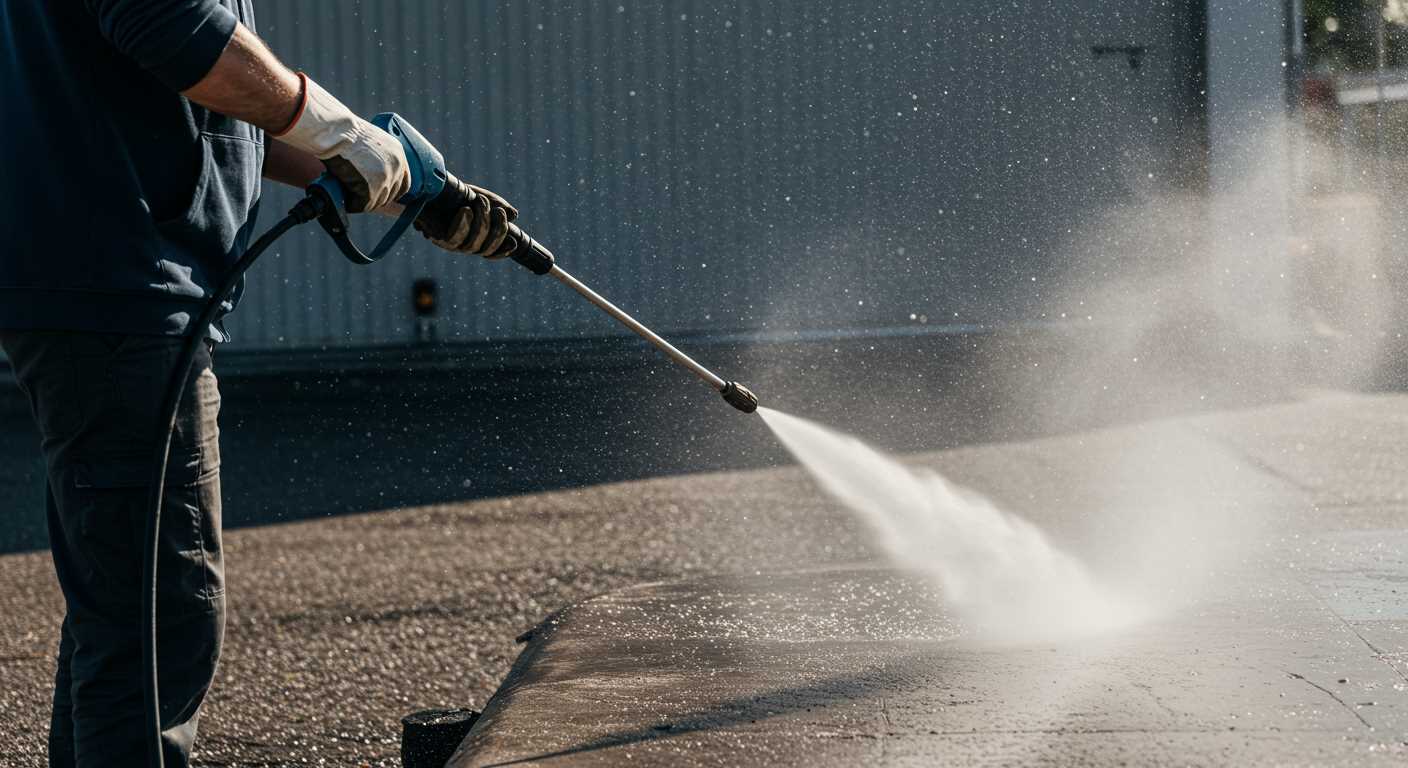
If you notice unusual noises coming from your device or if it shows signs of leaking fluid, it’s time to consult an expert. During my years in the industry, I encountered numerous situations where improper handling of lubrication systems led to significant damage. If any cap appears stuck or difficult to open, don’t force it; this could lead to more complex problems.
Regularly check for warning indicators, such as unusual smoke or overheating. These are often symptoms of underlying issues that require immediate attention. On one occasion, a colleague ignored a minor leak, thinking it was nothing serious. A few weeks later, the unit failed completely, resulting in costly repairs.
Don’t hesitate to contact a technician if you’re unsure about the correct oil type or if you’ve mixed oils inadvertently. I’ve seen this mistake lead to engine complications that could have been easily avoided with professional guidance. If you find yourself frequently refilling oil, it might indicate a deeper problem that needs expert inspection.
Any time you’re uncertain about the maintenance procedure or if you suspect that the lubrication system isn’t functioning properly, reaching out for help is the wisest choice. I’ve learned that addressing these concerns early on saves time and money in the long run. Trust your instincts–if something doesn’t seem right, it probably isn’t.
FAQ:
Why does my pressure washer have two oil caps?
Your pressure washer may have two oil caps for several reasons. One common explanation is that it has a dual-lubrication system, which allows for better oil distribution throughout the engine. This design helps ensure that all components receive adequate lubrication, reducing wear and tear. Additionally, having two caps can make it easier to check and refill oil, as you can access both sides of the engine. Always refer to the manufacturer’s manual for specific details regarding your model.
Do I need to fill both oil caps on my pressure washer?
Generally, you only need to fill one of the oil caps, as they usually connect to the same oil reservoir. However, it is crucial to check the oil level using the dipstick or sight glass, if available, to ensure that the engine is properly lubricated. If both caps are present, they may serve as access points for maintenance, but filling both is typically unnecessary. Always consult your user manual for guidance on your specific model.
Can I use different types of oil in each cap of my pressure washer?
No, it is not advisable to use different types of oil in each cap of your pressure washer. Doing so can lead to compatibility issues and may affect the performance of the engine. It is best to use the same type of oil recommended by the manufacturer for the entire system. Check your user manual for the appropriate oil specifications to maintain optimal performance and longevity of your pressure washer.
What should I do if one of the oil caps is missing?
If one of the oil caps on your pressure washer is missing, it is important to replace it as soon as possible. A missing cap can allow dirt and debris to enter the oil reservoir, which can lead to engine damage. You can contact the manufacturer or a local dealer to purchase a replacement cap that is compatible with your model. In the meantime, avoid using the pressure washer to prevent any potential damage until the cap is replaced.

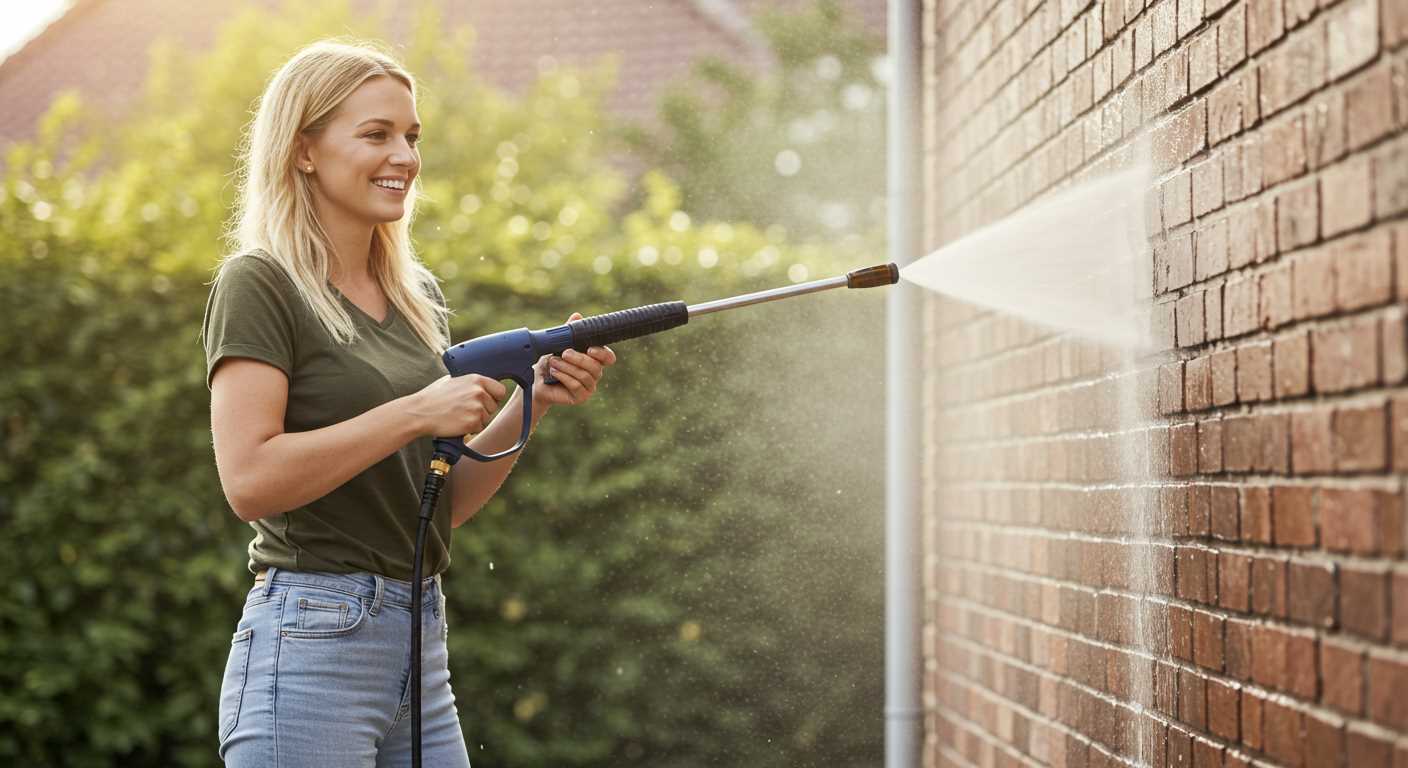

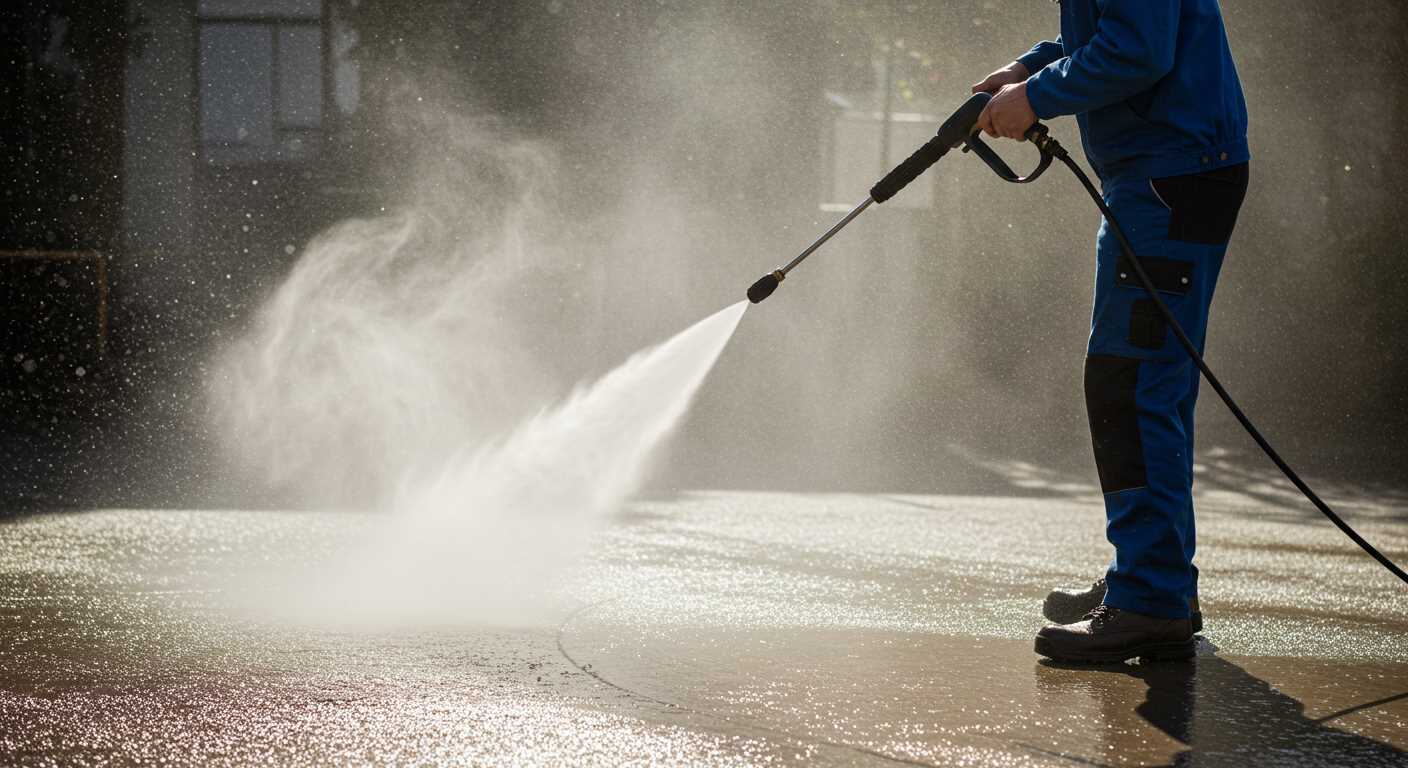
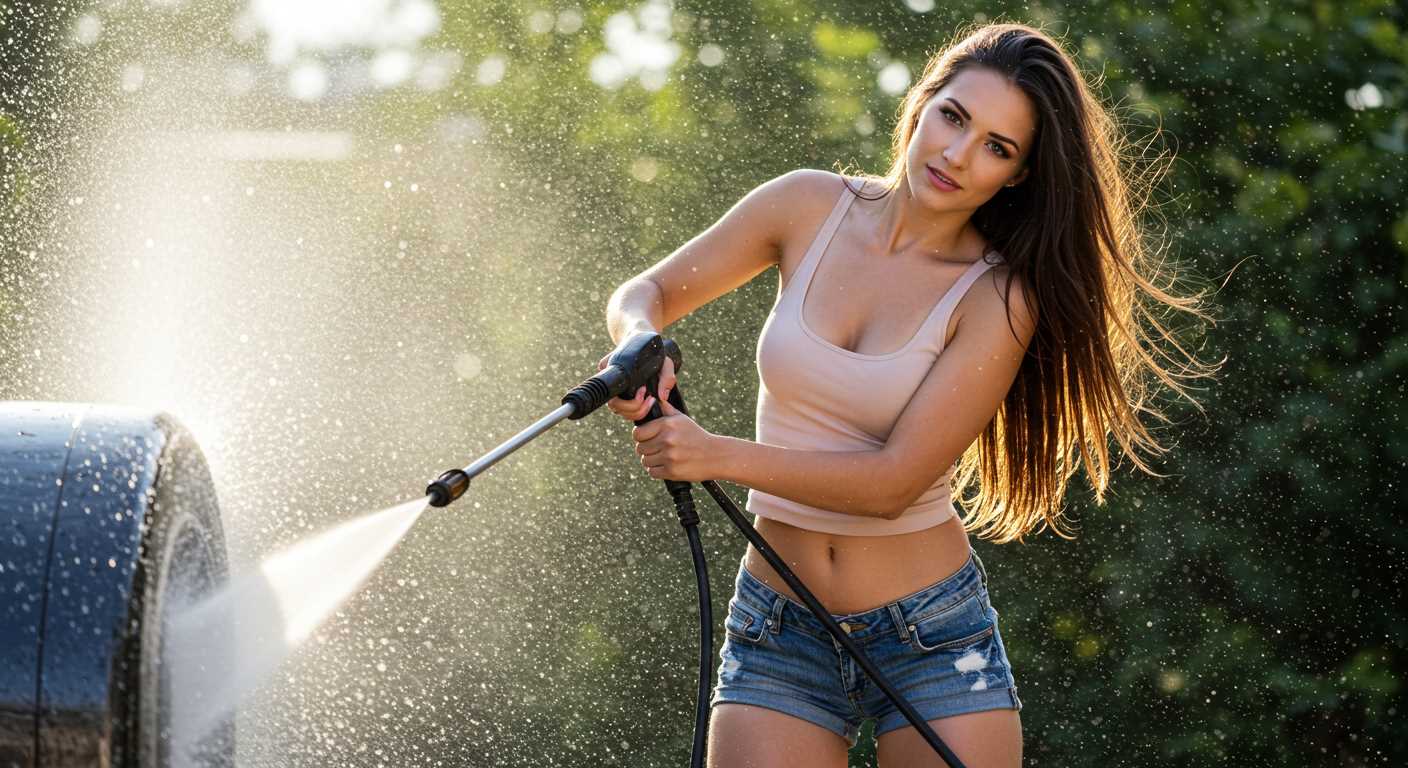
.jpg)


